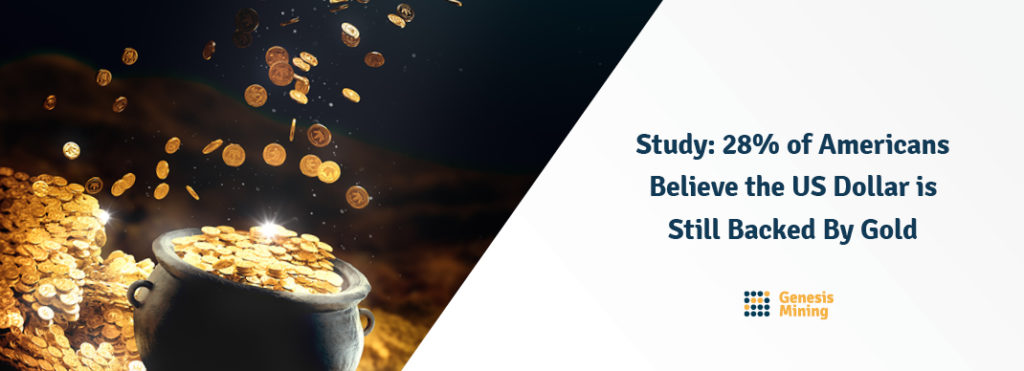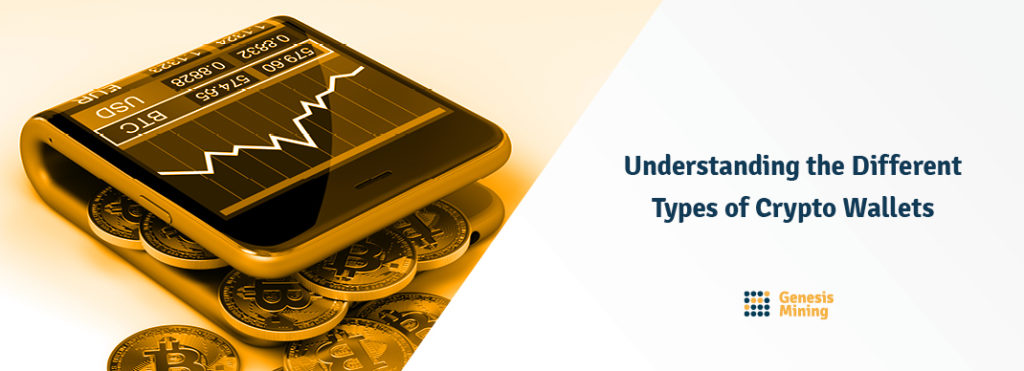In an age of widespread misinformation, it appears that there is plenty of confusion about what gives the U.S. dollar value. According to our recent study, the Perceptions and Understanding of Money — 2020 28% of Americans believe that the U.S. dollar is backed by gold—as you may know, it’s not.
The revelation that the dollar is not backed by gold may spark a question: what, if not gold, is the dollar backed by? Posed in other terms: what gives the dollar value, exactly?
What Gives the U.S. Dollar Value
The answer to what gives the U.S. dollar value today is: the “full faith and credit” of the United States government. Investopedia explains that this “faith” and “credit” backing is “an unsecured method of backing debt based on trust and reputation”. The U.S. dollar was not always a faith- or credit-backed currency, but instead a gold-backed currency.
The Congressional Research Service (CRS) notes that the U.S. dollar has been “on a metallic standard of one sort or another” throughout the majority of American history. Understanding the history and logic of installing gold as a source of value for paper dollars underscores why some continue to call for a return to a commodity-backed American (and, in some cases, global) currency.
The American Numismatic Society (ANS) explains that the earliest forms of currency in America all deteriorated in value because they were not backed by gold or another commodity. While fiat paper currencies like the Continental Currency served a purpose for a time, with no real backing of intrinsic value these mediums of exchange ultimately became worthless.
The Library of Economics and Liberty traces the roots of an American currency backed by a single metal, gold, to 1834 (though some cite 1879 as the official beginnings of the U.S. gold standard). From 1834 until the abolition of the gold standard, paper money was in most cases “not gold, but promise(d) to pay gold”. This is the crux of the gold standard: paper money’s worth was the promise that it could be exchanged at any time for gold, a commodity with intrinsic value.
The gold standard was formalized with the Gold Standard Act of 1900, and this nationally-recognized gold standard would last until 1933. It was then that president Franklin D. Roosevelt (with the backing of Congress) discontinued creditors’ ability to demand payment for debts in gold, therefore discontinuing the gold standard as Americans knew it.
From a practical perspective, “creditors” included the average American, who was no longer permitted to receive gold from banks in exchange for their paper dollars—FDR forbade banks to make such exchanges, and went a step further when he ordered citizens to turn in to the Fed “all gold coins and gold certificates in denominations of more than $100…for other money”, as History explains.
This death knell for the gold standard was the rebirth of fiat currency in America. As with previous American fiat money, inflation and devaluation of the dollar has become a fact of life. As a consequence, some have put their faith not in the full faith and credit backing the U.S. dollar, but instead in alternative currencies with a more identifiable source of value.
What Gives Bitcoin and Cryptocurrency Value?
The features that give Bitcoin and other cryptocurrencies their value can be explained through juxtaposition with fiat currency’s limitations.
Some historical causes of fiat currencies’ collapse include:
- The widely-held belief that a currency does not have the value necessary to purchase goods or services, which may be sparked by:
- Economic stagnation
- Perception that a currency is artificially overvalued
- Rapid printing of money
- Loss of faith in government institutions and policymakers by those who provide real value to an economy (business owners, owners of real assets, those who facilitate productivity)
The value of the U.S. dollar derives not just from American consumers’ continued faith in and reliance on the dollar, but also from other nations’ willingness to accept the dollar as a form of payment and reserve currency.
And therein lies the weakness of the fiat U.S. dollar: the dollar’s value is hyper-dependent on the actions and perceptions of humans. If you haven’t noticed, humans as a whole can be fickle and prone to irrationality, though some would argue it is rational to doubt the real value of the debt-laden U.S. dollar.
Advocates of cryptocurrencies believe that digital currencies are less vulnerable to the whims of policymakers, the Federal Reserve, and consumer attitudes and beliefs. They believe this, in part, because:
- Cryptocurrencies are generally finite and relatively scarce, and cannot be mass-produced as fiat money can be (which is generally cited as a cause for currency devaluation)
- Cryptocurrencies are not subject to certain human-controlled phenomena that, while not technically the printing of new money, can alter money’s value—think fractional reserve banking
- Cryptocurrencies are not subject to the specter of massive, ever-growing debt which looms over the U.S. dollar and many other national currencies
- Cryptocurrencies do not require third-party intervention (think banks) to be sent from one user to another as a real mechanism of value exchange
Critics may point to fluctuations in cryptocurrency prices as an indication that they are intrinsically volatile. However, the limited supply of cryptocurrency insulates it from the complete devaluation that has demolished countless fiat currencies over the course of history. This value floor has led some to liken cryptocurrency to “digital gold”.
A Time for Cryptocurrency
History has proven time and again the extreme volatility of fiat currency, from Colonial times to Weimar Germany and modern Zimbabwe. Despite perceptions to the contrary, the U.S. dollar is not immune to the inherent flaws of all fiat currencies—insurmountable debt and ceaseless deficit spending only raise the stakes of the dollar’s potential collapse.
2020 is, more than any other period in recent history, a time to consider cryptocurrency as a rebirth of the gold standard—a value-backed medium of exchange built for the digital age.
Did we get you interested in cryptocurrencies? Why don’t you start mining them with us? Create your free dashboard, and buy some hashpower! Sign up now!





